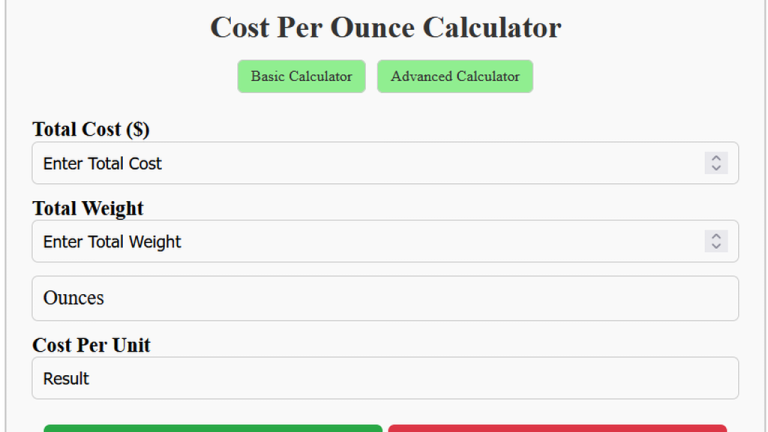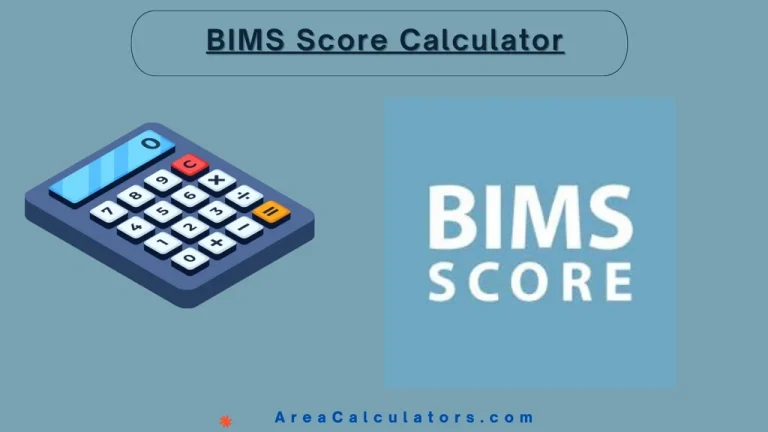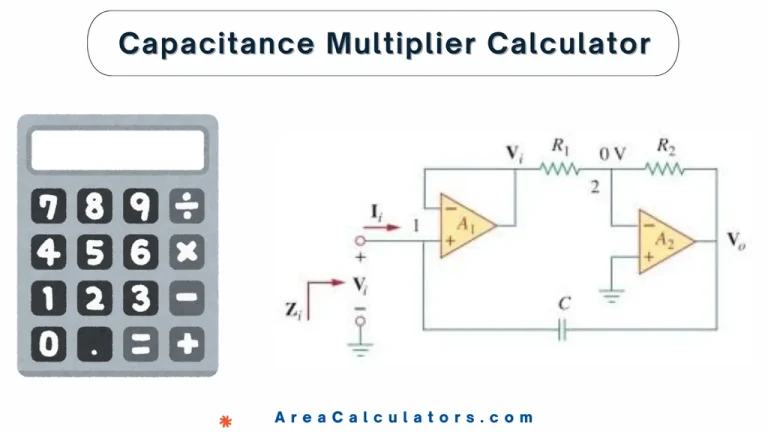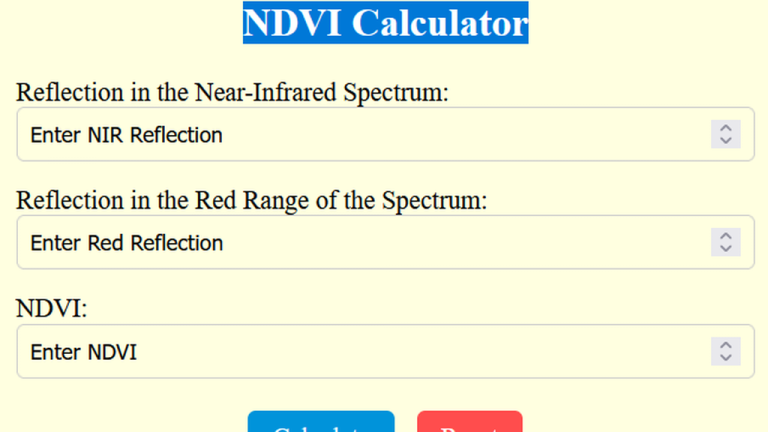Solid Waste Density Calculator
To determine the density of solid waste, divide the total weight of the waste by its total volume.
The Solid Waste Density Calculator is a practical tool for waste management professionals, environmental scientists, and municipalities. It helps accurately measure the density of solid waste, which is crucial for efficient landfill operations, recycling processes, and overall waste management strategies.
Understanding waste density aids in optimizing transportation, estimating landfill capacity, and adhering to environmental regulations. Whether for industrial, residential, or municipal purposes, this calculator simplifies waste assessment with precision and ease.
Formula
SWD = TW / TV
| Variable | Description | Unit |
|---|---|---|
| SWD | Solid Waste Density | kg/m³ or lb/ft³ |
| TW | Total Waste Weight | kg or lb |
| TV | Total Waste Volume | m³ or ft³ |
Solved Calculations
Example 1: Calculate the density of solid waste weighing 500 kg and occupying a volume of 2 m³.
| Step | Calculation | Result |
|---|---|---|
| Divide weight by volume | 250 kg/m³ |
Example 2: Determine the density for 1100 pounds of waste in a volume of 20 ft³.
| Step | Calculation | Result |
|---|---|---|
| Divide weight by volume | 55 lb/ft³ |
What is Solid Waste Density Calculator?
The Solid Waste Density Calculator is a practical tool that is designed to estimate the density of solid waste, which is essential for efficient waste management.
It calculates the weight of waste per unit volume, typically expressed in kilograms per cubic meter (kg/m³). This tool helps municipalities, construction companies, and waste management professionals in assessing disposal needs and optimizing collection strategies.
By using inputs like the total waste weight, volume, and the density of solid waste formula, users can quickly determine the compactness of the waste.
Whether it’s for construction waste, municipal solid waste, or other types of refuse, this calculator provides accurate and actionable results.
For example, understanding waste density is critical for designing landfill capacities or calculating waste-to-energy conversions.
Additional features like waste percentage calculators, personal waste calculators, and waste volume calculations make this tool versatile for both individual and industrial applications.
Final Words:
Altogether, the Solid Waste Density Calculator is an indispensable resource for improving waste management efficiency. By providing accurate density estimates, it supports informed decision-making and promotes sustainable waste handling practices.




